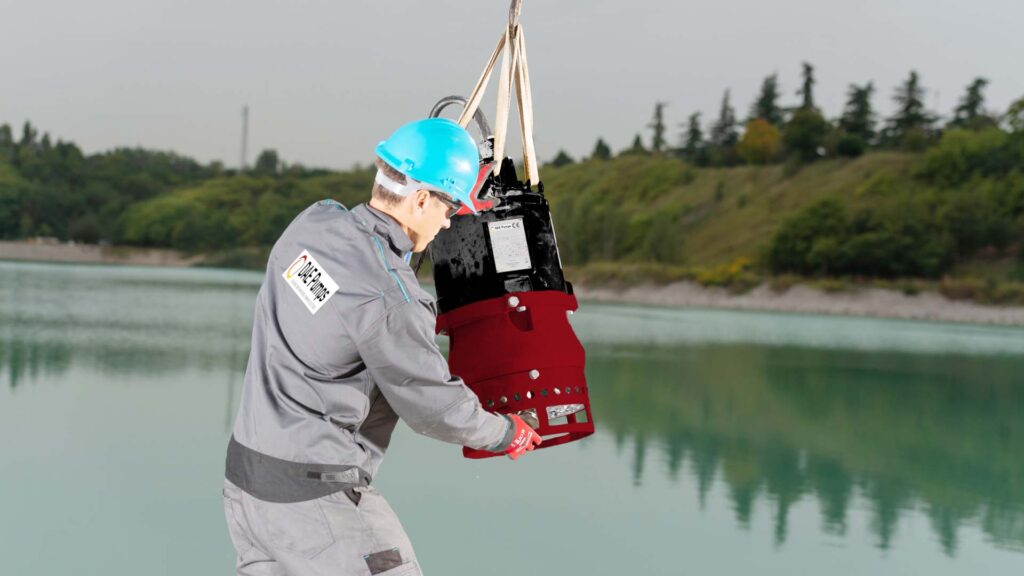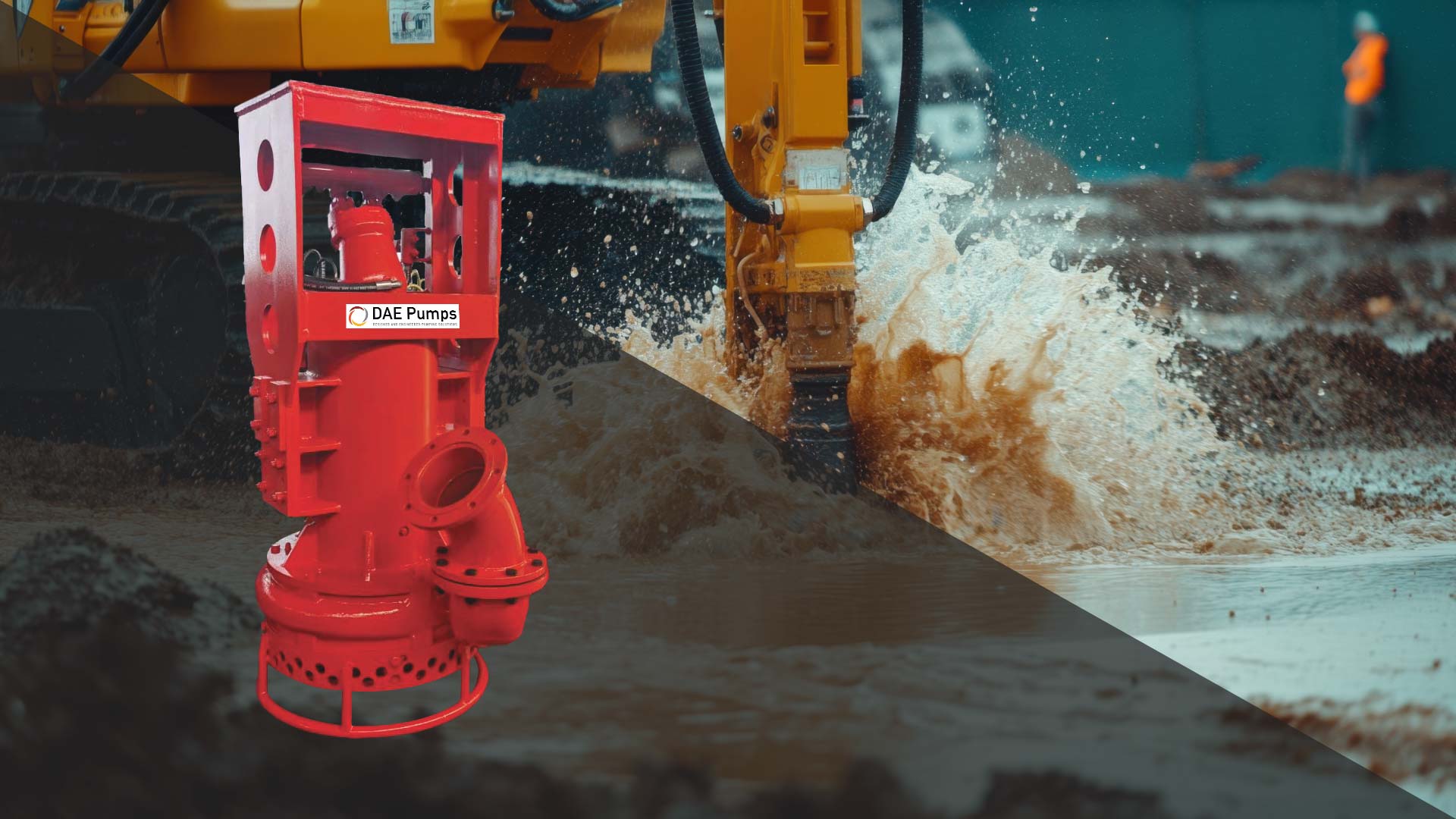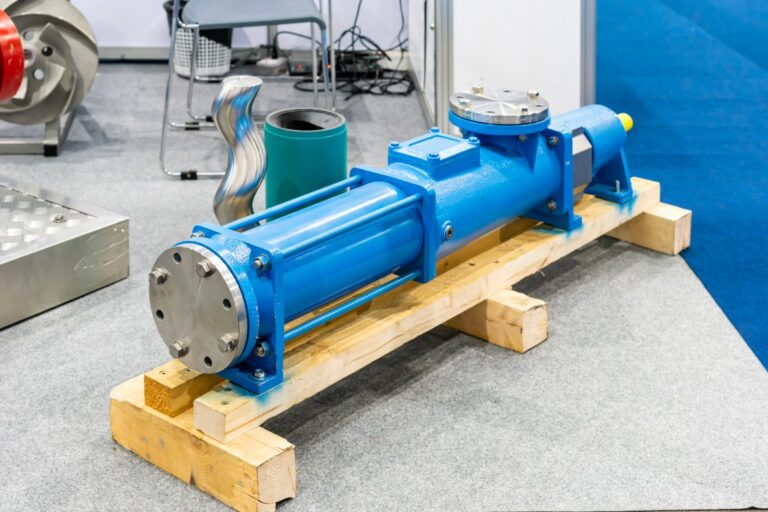Maintaining a submersible slurry pump is essential to ensure its longevity and optimal performance. These pumps often handle abrasive and viscous materials, which can lead to wear and tear over time. Regular submersible slurry pump maintenance not only minimizes downtime but also enhances efficiency, ensuring a longer lifespan for the equipment. This article will guide you through critical maintenance tips, including cleaning, inspection, and timely part replacement, to keep your pump running smoothly.
Understanding Your Submersible Slurry Pump
To effectively perform submersible slurry pump maintenance, it’s essential to understand the key components of your pump and their roles. The main parts include the impeller, casing, shaft seals, and bearings. Each component plays a critical role in the pump’s operation and durability.
However, slurry pumps are exposed to challenging conditions, including abrasive particles and high-pressure environments. This exposure can lead to common issues such as wear on the impeller, seal leaks, and bearing failure. Establishing a regular maintenance schedule ensures that these problems are identified and addressed promptly. By incorporating routine slurry pump inspection into your maintenance plan, you can prevent costly repairs and extend the equipment’s life. Consistent submersible slurry pump maintenance will mitigate the impact of such issues and keep the pump performing efficiently.
Regular Pump Cleaning for Optimal Performance
Cleaning your slurry pump is one of the most critical aspects of submersible slurry pump maintenance. Accumulated debris and sediment can reduce efficiency, cause blockages, and lead to premature wear.
Here are some essential pump cleaning tips:
- Clear sediment buildup using appropriate tools to remove debris without damaging internal components. This is particularly important after handling highly viscous materials.
- Always disconnect the pump from the power source before cleaning and avoid using abrasive cleaning agents that might damage the pump’s casing or seals.
- Adjust cleaning frequency based on usage. For heavy-duty operations, clean the pump weekly, whereas lighter applications may require bi-weekly cleaning.
Effective cleaning goes beyond a surface-level approach. Implementing these pump cleaning tips ensures that sediment buildup does not compromise the pump’s internal mechanisms. Following these pump cleaning tips consistently helps to protect your equipment from premature wear, making cleaning a key component of submersible slurry pump maintenance.
Comprehensive Slurry Pump Inspection Checklist
A routine slurry pump inspection is vital to identify early signs of wear and tear. Ignoring minor issues can lead to major breakdowns and costly repairs. A thorough inspection should focus on the following areas:
- External Casing: Look for cracks, corrosion, or other visible damage.
- Impellers and Wear Plates: Check for signs of erosion or material degradation.
- Seals and Bearings: Inspect for leaks or misalignment that could impact performance.
Document your findings after every inspection. Keeping detailed records allows you to track wear patterns and predict when replacements or repairs may be necessary. Incorporating slurry pump inspection into your regular submersible slurry pump maintenance plan ensures you can address potential issues before they escalate. This proactive approach will safeguard the longevity of your equipment.

Timely Replacement of Worn Pump Parts
Over time, even with regular maintenance, certain components will inevitably wear out and need replacement. Neglecting to replace damaged parts can compromise the pump’s overall functionality and lead to costly downtime.
Key parts to monitor for replacement include:
- Impellers: These experience significant wear due to contact with abrasive materials.
- Shaft Seals and Gaskets: Leaks in these areas can severely affect the pump’s efficiency.
- Bearings and Liners: Regular checks help identify wear before these parts fail completely.
When sourcing replacements, opt for high-quality parts compatible with your pump model. Regular pump parts replacement, combined with proper maintenance practices, ensures uninterrupted operation and extends the life of your equipment. A thorough submersible slurry pump maintenance routine that includes part replacements will prevent sudden breakdowns and keep operations running smoothly.
Neglecting pump parts replacement can lead to compounding issues that impact the pump’s overall functionality. For instance, worn-out impellers can cause excessive strain on bearings, requiring more frequent replacements. A proactive approach to pump parts replacement ensures that these issues are addressed before causing costly damage to other components.
Pump parts replacement is not just about fixing broken components; it’s also about upgrading parts to more durable materials when possible. Doing so can extend the operational lifespan of your equipment significantly, making it a cornerstone of effective submersible slurry pump maintenance.
Lubrication and Seal Maintenance
Lubrication and seal care are critical aspects of submersible slurry pump maintenance. Proper lubrication reduces friction and heat, ensuring smooth operation of internal components. Meanwhile, seals prevent slurry infiltration that can damage the pump’s motor or other sensitive areas.
Pay attention to these signs of seal failure:
- Unusual noises during operation.
- Visible leaks or reduced pump performance.
- Frequent overheating of the pump.
If these signs are present, take immediate action to address the issue. Regularly lubricating moving parts and maintaining seals will prevent costly repairs and ensure the pump performs optimally in demanding conditions. Keeping seals and bearings in peak condition is an integral part of submersible slurry pump maintenance, especially in challenging environments.
Conclusion
Maintaining a submersible slurry pump requires a combination of regular cleaning, thorough inspections, timely part replacements, and proper lubrication. Adopting these practices helps maximize efficiency, minimize downtime, and extend the life of your equipment. Incorporating a comprehensive submersible slurry pump maintenance plan not only protects your investment but also ensures reliable operation in even the most challenging conditions. Start applying these tips today, and consult professionals if needed to keep your pump in peak condition for years to come. Remember, consistent submersible slurry pump maintenance is key to long-term success and optimal performance, with pump parts replacement being a fundamental step in preserving the pump’s durability and efficiency. Proper application of pump cleaning tips ensures your pump remains free of damaging debris, maintaining its operational capacity over the years.




